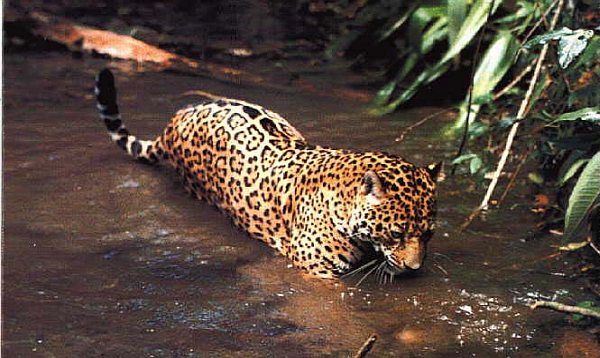Godless is the third Western I've watched this month, along with Wind River and Longmire.
Godless is set mostly in the town and environs of La Belle, in Taos County, of the New Mexico Territory, in 1884. With few exceptions, the men of La Belle died two years ago on the same day from a mine disaster -- the silver mine being the purpose of this new town. In the meantime a long operating gang (more like a small army) of sociopaths, run by a "preacher" named Frank Griffin -- the number one villain -- is preying on the payrolls and metal shipments of silver mines throughout the region. They are responsible for dead piled up like foothills, women are raped and killed, for no other than the gang gets their jollies this way. They are also responsible for chewing up all the scenery with their evil.
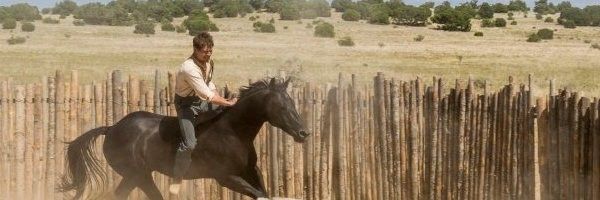 |
| Roy Goode, the good guy, rides a wild horse sans bridle and saddle. |
Long ago Frank "adopted" a very young boy without family, Roy Goode (if we can't tell by his name, Roy is perhaps the numero uno good guy; if we couldn't tell he was good guy from his name we know he is because he's a Horse Whisperer).
Among the many Hollywood classics of the western genre that Godless most frequently references are Shane, High Noon, The Man Who Shot Liberty Valance, Stage Coach. Shades also of The Searchers, McCabe and Mrs. Miller, and many others.
What follows are from the notes I made while watching Godless. As mentioned here, I have been living with the western genre in print and screen all my life, starting from my earliest days as my dad was a huge Western fan.
Episodes 1 - 3:
Favorite Western trope subversion so far -- unlike, say, McCabe and Mrs. Miller (Robert Altman's 1971 film, much praised for his "unorthodox" and "revisionist" take on the Western, as well for its beauty), in a town where women become widows, they don't become whores. The brothel shuts down, the sex workers move away, or do something else, like become the town's school teacher. They do take on the roles that their husbands filled, from clearing the mind, continuing to explore the silver veins, being mayor, running the hotel. What felt so promising about this is it's clear which men in town didn't die in the mine accident, which reveals starkly economic / class structure: the sheriff, the owner of the general store, the guy who owns and tends the bar, the owner of the livery stable and his black ostler. It's never explained why the mayor had gone down the mine that fateful day, but now his wife, sister of the sheriff, is acting mayor. This all looked so exciting.
Horses – how dangerous these big animals can be. More than once we see big jaws viciously snapping, aimed at ripping out another horse's flesh. However, not once do I believe these are mustangs. For one thing, only human agency trim and shape their hooves so perfectly. Which brings us to –
Teaching the kids. Played by Michelle Dockery, The Widow’s son Truckee (her name is Alice Fletcher, but I think of her as The Widow, due to Western trope characters), is afraid of horses and doesn’t know how to ride, despite his Paiute heritage and being on the verge of manhood. So Roy teaches him. Which brings us to --
/cdn.vox-cdn.com/uploads/chorus_image/image/57711769/818_161005_JM_A_06_038R.0.jpeg) |
| My favorite character, mayor Mary Agnes McNue, played by Meritt Wever, (with the Widow, Alice Fletcher) |
Women – would a woman really go riding around town stark naked? In the summer blazing sun of high altitude New Mexico territory? Frackin’ shades of Longmire!
Another favorite trope subversion -- The very young, but highly skilled gun slingin' deputy to Sheriff John McNue, Whitey Winn, played by Thomas Brodie-Sangster (JoJen Reed in GOT) turns out not to be a version of sociopathic, idiot Billy the Kid (who found his end in New Mexico, btw).
African Americans -- Among the tropes of classic Westerns, what was missing among the settlers, ranchers, outlaws, doctors, newspaper editors, bartenders, general store owners, etc.? African Americans. We never saw African American characters in print or on screen, yet they were there. Like everyone else, from defeated confederates to railroad investors to German immigrants, they too came west, looking for affordable land and a new life. They are here, in Godless, thank you Jesus, a settlement of ex-Buffalo Soldiers and their families, right where we’d find them historically in 1884.
They also provide the only source music in the series. Of course.
RIP Sam Waterston's Marshal John Cook. You are gone far too early. Thanks to Waterston, Cook's every scene lights up, opens up, relaxes, and provides comfort, which the populations of Godless certainly need. And so do I.
Biz men from back east -- if we didn't know they too were evil and filled with more shit than a chicken coop, the lead biz guy mistreats his horse. They shall certainly get theirs. Hopefully from Frank, so they can see what a real bad guy is.
Thoughts re 4th & 5th episodes:
Alice the Widow's horse ranch -- hookay, shades of Liberty Valance perhaps? John Wayne's character, Tom Doniphon, who did take out Liberty, had this mysterious horse ranch business, which is hinted to be located in New Mexico too . . . and let us not forget how much Ford was trying to subvert the classic Western tropes in Liberty Valance (though, in the end, it's still the one righteous he-man with a gun who saves the day) -- and makes the legend. It would be so cool if it is Alice -- or Mayor Mary Agnes -- who takes out Frank Griffin, not Sheriff McNue or Roy Goode. Please gods of television, let it be so . . . .
Classic Western trope subversion -- the cavalry isn't going to save the day .
Pinkertons, per usual, are not good guys. But this trope is well and truly frackin' subverted -- he's not even a Pinkerton!
How much clothes matter in this series, the putting on of others' clothes and the taking off our old ones, beginning with Roy digging up his father's coffin and putting on the union uniform in which he was buried. This theme continues throughout these two episodes.
Horses! More horses! They weave their way through the series as they weave their way through Western classics, and indeed the entire history of humanity.
6th -- & 7th Final Episode
A small thing -- I am absurdly delighted with every episode having at last one scene in which those classic Western old-school round canteens are attached to riders' saddles. Until Godless I'd forgotten how long it had been since I saw such a canteen when they were always part of the supplies attached to the saddles of every western I watched as a kid.
Boy, was episode 6 ever filled with frackin' shades of Shane!
Had to take a break from the final episode because, for me at least, it's all too tense -- these women in one place, attacked by all these men, men who are fresh from the massacre of Blackmond Buffalo Soldiers and their families. The other women and the children hiding in the mine, what will happen to them? With the recent memories of the atrocities in the Bosnian war and others one knows much better what will happen to them than we did in the days of hailing the refreshingly massive, prolonged depiction of so-called Western violence brought to us by1969's Sam Peckinpah's The Wild Bunch. After The Wild Bunch movies continued increase the length, intensity and detail of all varieties of violence.
Finished.
My biggest criticisms are all about the writing.
Why in HELL was Whitey Winn by himself in the sheriff's office, instead of with the women in the hotel where he could do a lot of real good shooting down the evil guys? Shyte, he doesn't even get off a single shot, and isn't even taken down by a faster slinger, but a knife. What the Eff? He's smart enough to rescue his lady love, Louise Hobbs, and her little brother but not smart enough for this? Also, I have to think -- a guy in love with an African American girl and his name is -- Whitey? And how come his is the only funeral we see when so many women were killed? Who buried the African Americans? What happens to Louise Hobbs, who with her brother, are the only survivors of Blackmon? And why in HELL did not a single one of these Buffalo Soldiers, who had chased Frank and his gang out of southern New Mexico and Texas, never get off a single shot and killed not a single one of the gang? And most of all -- why in hell did the wife and mother invited them into her house? Didn't she ever watch The Searchers and learn that evil must never be allowed to cross into the threshold into domestic interiors?
My other biggest criticism is that the creators who are so lovingly, meticulously recreating every detail of the Western left out the snubbing post, so characters like The Widow get dragged around by a wild horse after she ropes it. In ranching work, even now, a snubbing post for the handling of cattle and horses in an enclosed space is essential. Rope the animal and wrap the rope around the post so the heavier, stronger creature doesn't take off and pull you along behind it while your clothes and skin are rasped away by the grit and velocity. The saddle horn of a western saddle is mini snubbing post, powered not by being pounded deep in the ground, but the weight of the rider's horse.
I did rather like, though it is heavy handed, but keeps that clothes theme going, that Roy again changes clothes, takes off the clothes of the father and husband he had been wearing while working for the Widow and teaching her son, Truckee, and puts back on the clothes of the bad outlaw in preparation for taking out the adoptive father that he's repudiated, sociopath Frank Griffin.
I don't get the ghost Indian, horse and dog -- and is there a connection between them and Truckee's grandmother? Someone suggested this might be the Shoshone ghost and his dog were Bill's spirit guide. At least until Roy saw him too. Then there's this too:
"Truckee (Wuna Mucca,[1] The Giver of Spiritual Gifts,[1] Old Winnemucca, One Moccasin,[1] Onennamucca,[1] sometimes known as Captain Truckee) was medicine chief of the Northern Paiute and an influential prophet.[1]"But if this is so, it didn't go anywhere, while demanding the viewer google, which is a negative, even a deficit, on the part of the writers.
As far as Truckee and Frank -- holy cow, talk about grooming, as Frank tries to pull in Roy's surrogate son, for -- well, what, really? the seed of a new band of sociopathic killers?
My only previous reference to "Truckee" have come from old 19th century popular songs of the Gold Rush, and the post War of the Rebellion era, about railroads, and the carnage of Indians and the buffalo massacres, which lyrics contain geographical points such getting washed out crossing the Truckee River.
And that newspaper editor -- o yes, the media was as filled with liars then as now. Damn! somehow that skank survived. Yet more frackin' shades of Liberty Valance, subverting a subversion. No printing of legends here, only lies, i.e. fake news.
In any case, the series begins in a cloud of dust, it -- mostly -- concludes in a cloud of dust, fire smoke and gun fire smoke. From the dust thou hast come and to the dust thou wilt return.
Do not requiescat in pace, Frank Griffin, you evil, terrible, ugly man. May you suffer through all eternity.
Conclusion:
I immensely enjoyed seeing the series of homages to the great Western movies that we all know and have watched so often. I particularly then enjoyed how, in the right places, the creators of the series twist them around from what they've always been. They don't do it in every case, but one can feel and see the intelligence behind choosing not to subvert the trope. So the series works beautifully at this level, particularly because it is seamlessly united with what Westerns by the Hollywood greats, John Ford, Howard Hawks, even Sergio Leone, etc. looked like. However, this strategy for creating a world class Western depends on the viewer knowing these previous films. This strategy then becomes almost a game for the creators, playing with their own favorite, most admired material out of the work of others many decades ago, particular the cinematography. In that sense Godless is a personal production, aimed at insiders, not necessarily aimed at everyone.
Unfortunately that means that the creators didn't care as much about narrative power and audience's engagement by seeing all the parts add up to something larger than the parts. These beautifully composed, lighted and filmed scenes receive significance, they don't provide it. The more the viewer knows the homage, the more the viewer sees. The less the viewer knows, the less the viewer receivers. Godless didn't work well on these levels of story and character.
Today, the more I think about it, the less successful it appears. The narrative tension and drive don't come from unfolding plot and character revelation, but from the audience's foreknowledge that yet another terrible massacre will be coming from Frank Griffin and his gang of sociopaths -- horrific, beautifully detailed violence -- frackin' shades of Peckinpah and The Wild Bunch. Will Roy save the day? Will the women of La Belle save their own bacon -- or be as hideously raped and murdered as we've seen the gang do already?
Then, in the end, despite the shout lines about Godless that the story is about a town of women and children, somehow, with plot armor and hand wavium, two Real Men save the day. Which doesn't quite make sense either. Frank's gang has 30 members. The women took down at least 82 guys by themselves by my count -- yet Frank isn't shot and there are still 30 men to be taken out by Roy the rogue outlaw and Bill McNue the Sheriff, plus then, the final show down (Classic trope!) between Frank and his adopted son, Roy.
We never find out why one of La Belle's women shot Alice Fletcher's husband -- and in the back no less. Nothing more is ever made of her dead husband other than her giving Roy his clothes. Alice's Paiute mother-in-law says this is bad because Roy is death and she wants him gone. When he does go, she calls him "dove" -- frackin' shades of Lonesome Dove, maybe the most successful New Western ever on television.
We don't know why the wife of this new settlement's mayor is the sister of the sheriff, making a nice power bookend for the town, right? We don't know how the general store owner and his sons behaved after the sheriff forced to them to rescind their forced and illegal occupation of the Widow's ranch. It really bothers me that the class / economics strata don't get any attention. We never learn how the Widow became a successful horse supplier and dealer, despite evidently never hearing of a snubbing post or how to break horses en masse.
And in the end it is made cinematically clear, despite what the creators told us, this wasn't the story of a town of women, but of men, particularly one single solitary man, who rides off into the gorgeously shot western scenery for more than the last EIGHT minutes of the final episode's screen time, who is the last thing we see before fading to the credits. How much more unsubverted, non-revisioinist classic western trope can ya get?
So yah -- like Wind River, another New Western I watched this month, this is all surface -- beautiful, gorgeous, meticulous surface -- but not much content.
. . . . Western next up, the second season of Frontier, another Netflix original, located in the very early 18th century, in Canada, featuring the struggle over control of Canada's extraordinarily lucrative fur resources. Among the actors are Jason Momoa, who played Drogo, the Dothraki ruler, who made Daenerys, Mother of Dragons, his wife, and Katie McGrath who plays Morgana Pendragon in the Adventures of Young Merlin series.











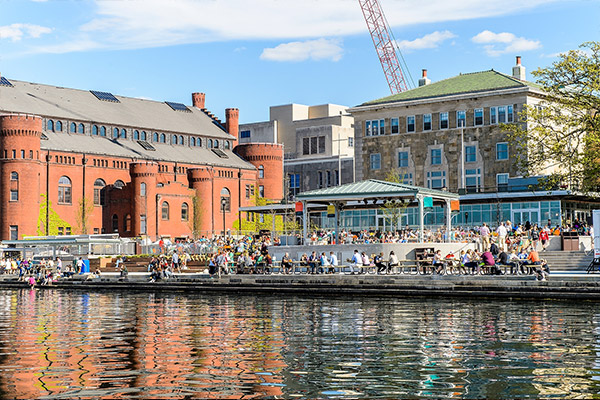

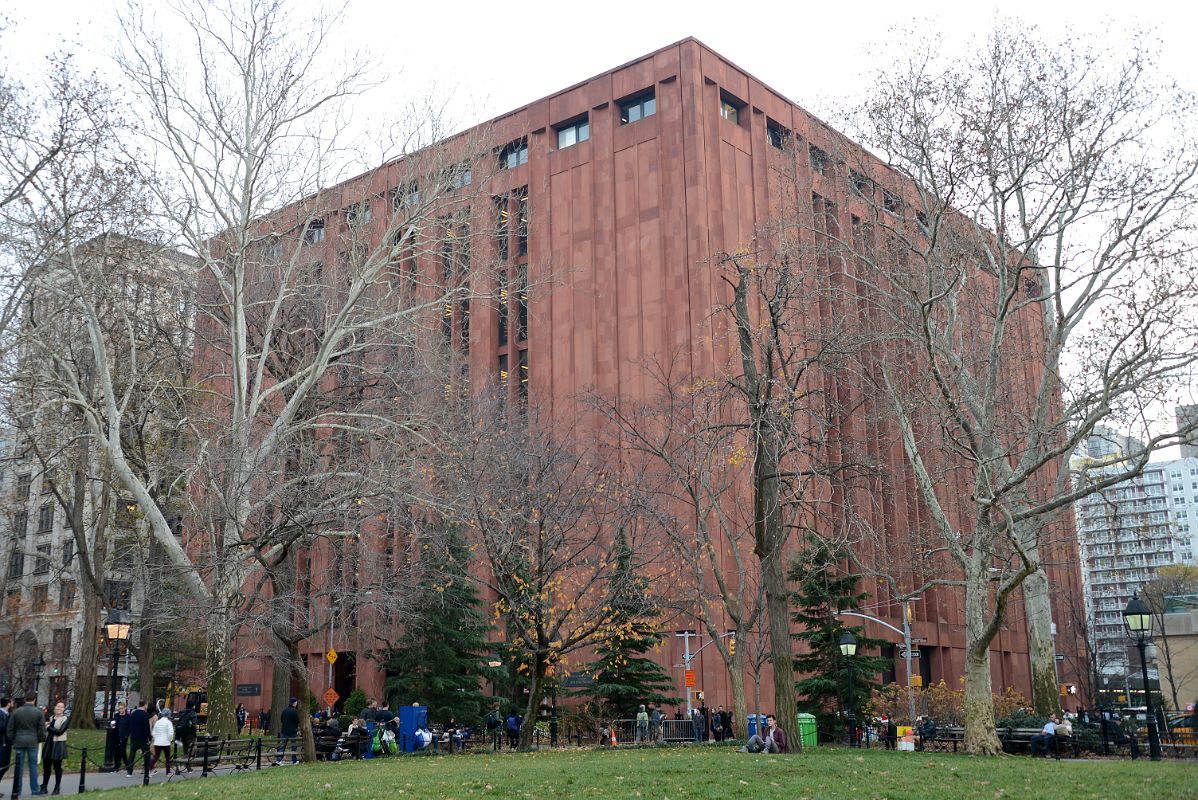









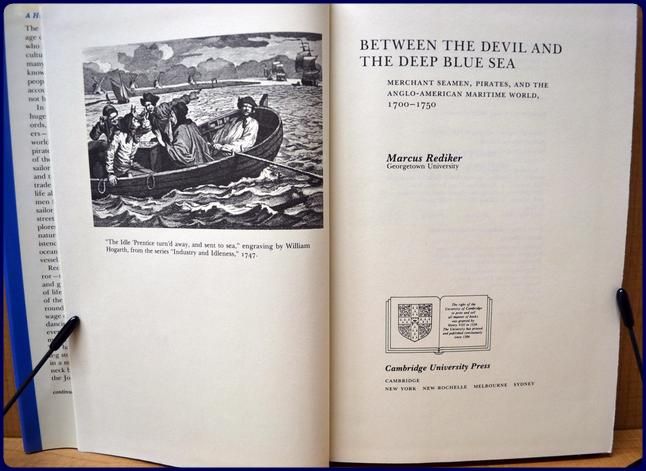



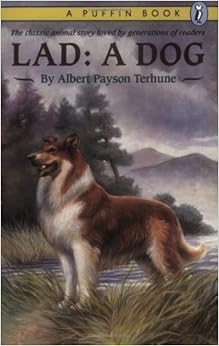



.jpg/400px-El_Azuzul_in_situ_(Thomas_Aleto).jpg)

